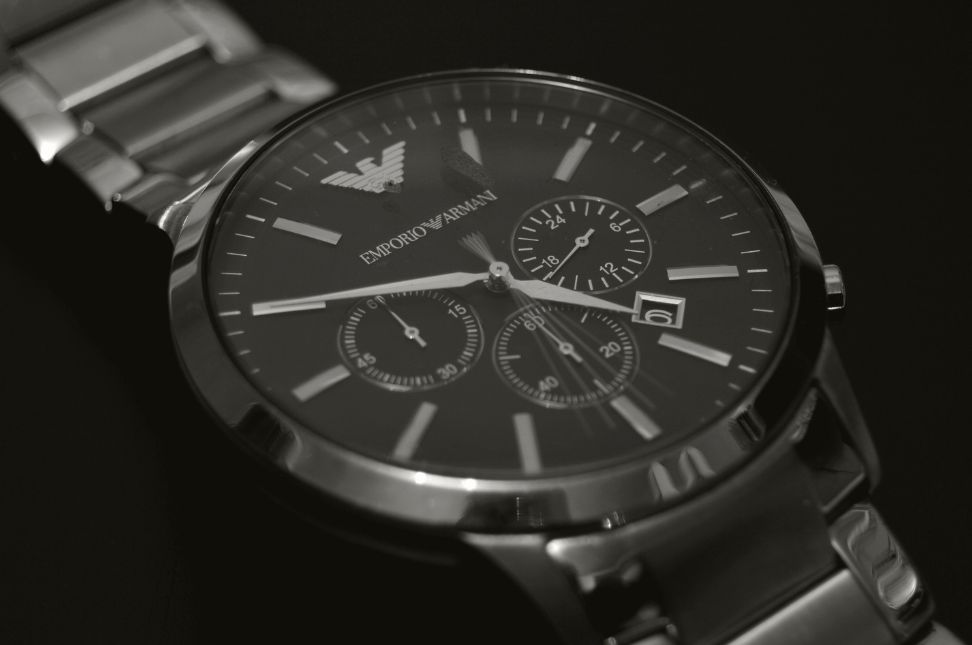Watches are not just accessories; they are intricate pieces of engineering that keep us punctual while reflecting our personal style. At the heart of every timepiece lies its movement, the mechanism responsible for powering the watch and keeping time accurately. In this article, we’ll delve into the three primary types of watch movements: Quartz, Automatic, and Mechanical.
1. Quartz Movement
Quartz movement watches are the most common type found in today’s market. These watches are powered by a quartz crystal oscillator regulated by an electronic circuit. Here’s what you need to know about quartz movements:
- Accuracy: Quartz watches are renowned for their accuracy, typically losing or gaining only a few seconds per month.
- Battery-Powered: Quartz watches are powered by batteries, which need to be replaced periodically, usually every one to two years.
- Low Maintenance: They require minimal maintenance compared to other types of movements.
- Affordability: Quartz watches are often more affordable than their mechanical counterparts, making them accessible to a wide range of consumers.
- Popularity: Due to their accuracy, reliability, and affordability, quartz watches are favored for everyday wear and casual use.
2. Automatic Movement
Automatic movement, also known as self-winding movement, is favored by watch enthusiasts for its traditional craftsmanship and convenience. Here are the key features of automatic movements:
- Self-Winding: Automatic watches are powered by the movement of the wearer’s wrist. As the wearer moves, a rotor inside the watch winds the mainspring, eliminating the need for manual winding or batteries.
- Sweeping Seconds Hand: Automatic watches often feature a sweeping seconds hand that moves smoothly around the dial, providing a distinct aesthetic appeal.
- Limited Power Reserve: Automatic watches have a power reserve that typically lasts between 24 to 48 hours. If not worn regularly, they may stop running and require manual winding to restart.
- Craftsmanship: Automatic movements are crafted with meticulous attention to detail, often featuring intricate components and finishing.
- Collector’s Appeal: Automatic watches are highly prized by collectors for their craftsmanship, heritage, and historical significance.
3. Mechanical Movement
Mechanical movement watches are the oldest type of watch movement, dating back centuries. These watches are powered by a complex system of gears and springs. Here’s what sets mechanical movements apart:
- Hand-Wound: Mechanical watches require manual winding via the crown to store energy in the mainspring. This ritual of winding adds to the charm and ritual of owning a mechanical timepiece.
- Artisanal Craftsmanship: Mechanical movements are crafted by skilled watchmakers who assemble and adjust each component by hand. This level of craftsmanship adds to the value and appeal of mechanical watches.
- High Accuracy: While mechanical watches are generally less accurate than quartz watches, high-end mechanical movements can achieve impressive levels of accuracy with regular servicing and adjustment.
- Longevity: With proper care and maintenance, mechanical watches can last for generations, becoming cherished heirlooms passed down through families.
- Prestige: Mechanical watches are often associated with luxury and prestige, symbolizing status, heritage, and tradition.
Conclusion
Understanding the differences between quartz, automatic, and mechanical movements is essential for choosing the right watch to suit your lifestyle, preferences, and budget. Whether you value precision, convenience, or artisanal craftsmanship, there is a watch movement that aligns with your needs and desires. So, whether you opt for the accuracy of quartz, the convenience of automatic, or the timeless elegance of mechanical, your choice of watch movement reflects your individual style and appreciation for fine horology.




